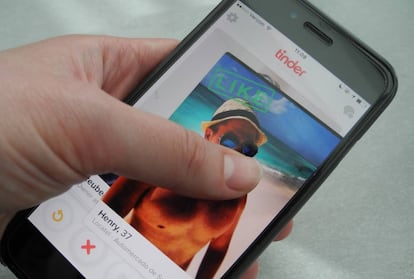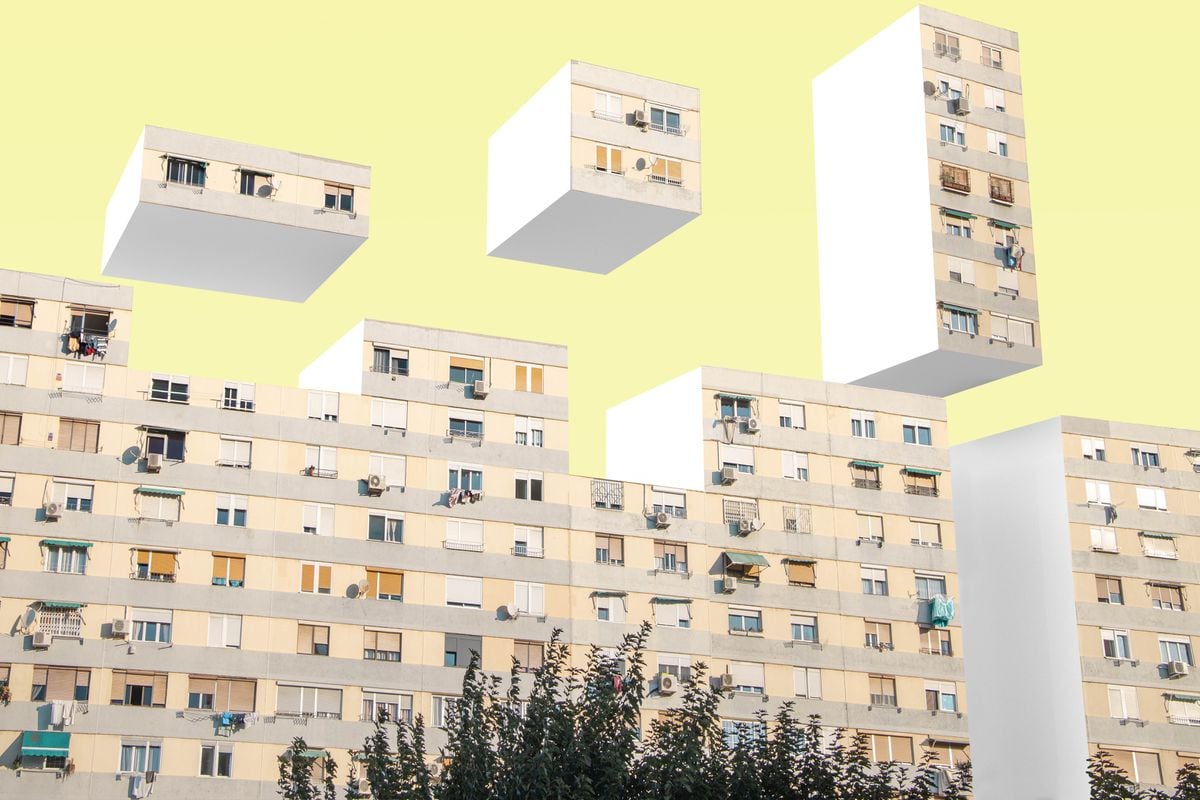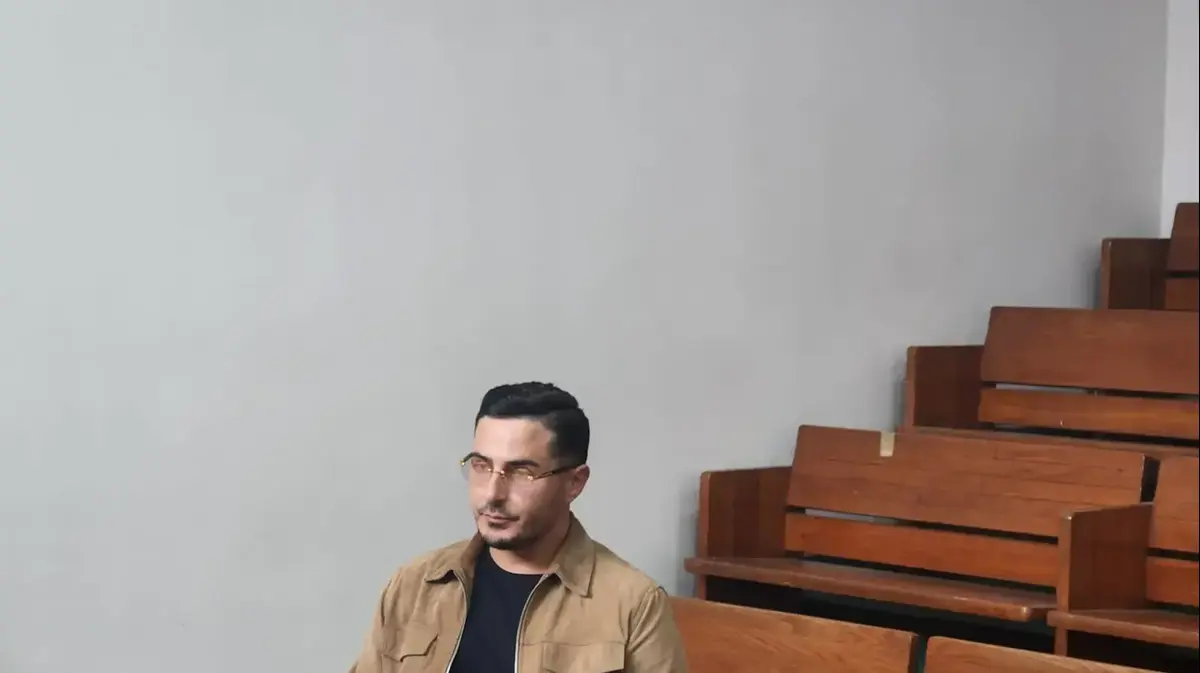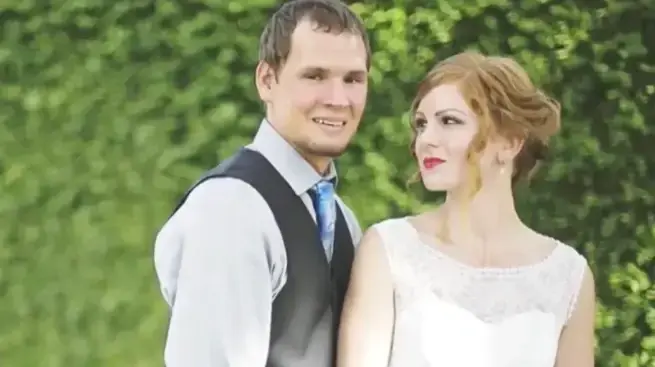An image of Tinder on your mobile.Getty Images
On December 12, 2020, the German artist Simon Weckert caused a traffic jam on a bridge over the river Spree in Berlin that appeared in the Google Maps application but did not correspond to what was happening on the ground. To achieve this, he only had to put 99 mobile phones in a cart and walk it through the streets surrounding the bridge. The information from these phones in real time, which is what feeds Google's servers, created the impression that there were pockets of slow traffic and instantly red appeared on the road in the application, signaling that there was a traffic jam.
The
performance was
intended, Weckert explained, to highlight the risks of virtual maps and make us reflect on the implications of the massive use of
big data
and the development of
smart cities
.
But it is possible that the artist backfired. The company's prompt statements: "Whether by car, car, or camel, we love to see creative uses of Google Maps, as it helps us make maps work better over time," quickly gave the impression that Weckert was working for them rather than subjecting them to criticism. Furthermore, if the
performance
showed anything, it
was that when Google says there is a traffic jam, the traffic jam is real. So real was that of December 12 that the drivers who were going to cross the bridge took the alternative route that the application offered them. Which shows that for practical purposes, the traffic jam that appears in Maps is even more real than the "real" one.
The confusion between real and virtual in browsers gives rise to all kinds of varied situations.
My favorite, for tragicomic, is the one that led in 2013 PhantomAlert to sue Google for the appropriation of its databases.
Apparently, the scam became clear to them when they discovered that the ghost streets that they, as a joke, had entered in their browser, appeared in Waze, an
app
Acquired by Google.
But there are others more worrying: in 2015 a woman died in an accident in Chicago because her husband, who was driving, ignored the navigator, instead of the signs that warned that the street was closed, and ended up falling off a bridge.
Something similar happened in February 2019 in Jakarta: a driver threw his truck off a cliff following the directions on Google Maps.
This displacement of the real does not happen only with browsers, it is constant.
Not so many decades ago people were able to look at the sky and get an idea of what the weather was waiting for them.
Now when we get up, we check our cell phone and, if the storm is forecast, we bundle up, grab an umbrella or cancel a planned field trip.
It may not rain later, but somehow, it doesn't matter, for us, that day it rained.
We trust the screen more than what we see through the window.
We have come a long way since people ventured what the temperature would be the next day guided by the color of the clouds, what is not clear is that on that journey we have not taken a couple of wrong routes.
A few days ago something happened to me that made me rethink this whole thing. A friend confessed to me that she had been dating a man she had met through Tinder for weeks. It was, as she said, perfect for her: she shared her tastes and interests, had a similar job to hers, and came up with the most varied plans. Nothing to do with his previous partner, from whom he had recently separated, and who was, as my friend expressed it: "very stopped." I went home feeling strange, despite the enthusiasm she tried hard to convey. His concern was obvious.
After a few days I saw the light: my friend did not like that man, and, judging by the behavior that he displayed, and that she referred to in passing, it is possible that the same thing happened to him. None of those fantastic plans, for example, had been carried out. But her anguish, which could only be seen in her gestures, did not derive, I thought, from mutual disinterest, but from the fact that a clash was taking place in her mind between the boyfriend Tinder had offered her and the real one.
From that moment on, I have lived in stupor: What if my friend, to resolve her dilemma, decided to keep the virtual version of the man and discard the real one from her consciousness?
What if the rest of us also end up being more convinced by the world that the multiple
apps
deploy
than the one we run into head-on?
What if one fine day the ghost streets seemed to all of us more real than the "real" ones?
What if all of this is already happening?
Pilar Fraile
is a writer.
His latest novel is
Days of
Euphoria
(Alliance).








